
National Lampoon was an American humor magazine that ran from 1970 to 1998. The magazine started out as a spinoff from The Harvard Lampoon.
Pulp magazines were inexpensive fiction magazines that were published from 1896 until around 1955. The term "pulp" derives from the cheap wood pulp paper on which the magazines were printed. In contrast, magazines printed on higher-quality paper were called "glossies" or "slicks". The typical pulp magazine had 128 pages; it was 7 inches (18 cm) wide by 10 inches (25 cm) high, and 0.5 inches (1.3 cm) thick, with ragged, untrimmed edges. Pulps were the successors to the penny dreadfuls, dime novels, and short-fiction magazines of the 19th century.

Punch, or The London Charivari was a British weekly magazine of humour and satire established in 1841 by Henry Mayhew and wood-engraver Ebenezer Landells. Historically, it was most influential in the 1840s and 1850s, when it helped to coin the term "cartoon" in its modern sense as a humorous illustration. Artists at Punch included John Tenniel who, from 1850, was the chief cartoon artist at the magazine for over 50 years.

En plein air, or plein-air painting, is the act of painting outdoors.

Life is an American magazine published weekly from 1883 to 1972, as an intermittent "special" until 1978, a monthly from 1978 until 2000, and an online supplement since 2008. During its golden age from 1936 to 1972, Life was a wide-ranging weekly general-interest magazine known for the quality of its photography, and was one of the nation's most popular magazines, regularly reaching one-quarter of the population.

W is an American fashion magazine that features stories about style through the lens of culture, fashion, art, celebrity, and film.
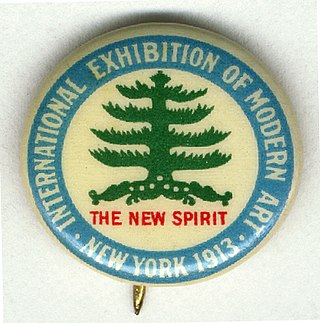
The 1913 Armory Show, also known as the International Exhibition of Modern Art, was organized by the Association of American Painters and Sculptors. It was the first large exhibition of modern art in America, as well as one of the many exhibitions that have been held in the vast spaces of U.S. National Guard armories.

The Ford 335 engine family was a group of engines built by the Ford Motor Company between 1969 and 1982. The "335" designation reflected Ford management's decision to produce an engine of that size with room for expansion during its development. This engine family began production in late 1969 with a 351 cu in (5.8 L) engine, commonly called the 351C. It later expanded to include a 400 cu in (6.6 L) engine which used a taller version of the engine block, commonly referred to as a tall deck engine block, a 351 cu in (5.8 L) tall deck variant, called the 351M, and a 302 cu in (4.9 L) engine which was exclusive to Australia.

The Ford Bronco is a model line of SUVs manufactured and marketed by Ford. The first SUV model developed by the company, five generations of the Bronco were sold from the 1966 to 1996 model years. A sixth generation of the model line was introduced for the 2021 model year. The nameplate has been used on other Ford SUVs, namely the 1984–1990 Bronco II compact SUV and the 2021 Bronco Sport compact crossover.
Edward Joseph Ruscha IV is an American artist associated with the pop art movement. He has worked in the media of painting, printmaking, drawing, photography, and film. He is also noted for creating several artist's books. Ruscha lives and works in Culver City, California.
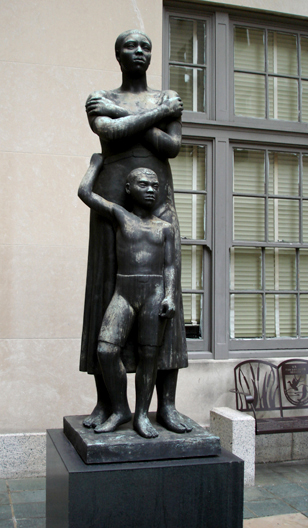
The Public Works of Art Project (PWAP) was a New Deal work-relief program that employed professional artists to create sculptures, paintings, crafts and design for public buildings and parks during the Great Depression in the United States. The program operated from December 8, 1933, to May 20, 1934, administered by Edward Bruce under the United States Treasury Department, with funding from the Federal Emergency Relief Administration.

The Blue Boy is a full-length portrait in oil by Thomas Gainsborough, owned by The Huntington in San Marino, California.

Henry Thomas Alken was an English painter and engraver chiefly known as a caricaturist and illustrator of sporting subjects and coaching scenes. His most prolific period of painting and drawing occurred between 1816 and 1831.
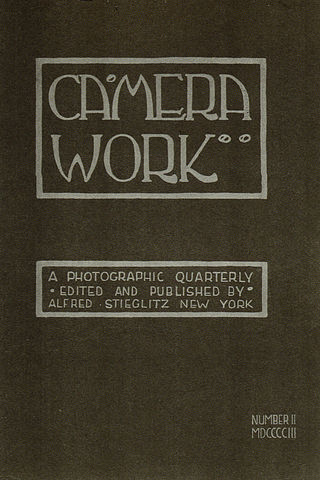
Camera Work was a quarterly photographic journal published by Alfred Stieglitz from 1903 to 1917. It presented high-quality photogravures by some of the most important photographers in the world, with the goal to establish photography as a fine art. It has been called "consummately intellectual", "by far the most beautiful of all photographic magazines", and "a portrait of an age [in which] the artistic sensibility of the nineteenth century was transformed into the artistic awareness of the present day."

Holiday was an American travel magazine published from 1946 to 1977, whose circulation grew to more than one million subscribers at its height. The magazine employed writers such as Truman Capote, Joan Didion, Lawrence Durell, James Michener, and E. B. White.

Illustrations of the Family of Psittacidae, or Parrots is an 1832 book containing 42 hand-coloured lithographs by Edward Lear. He produced 175 copies for sale to subscribers as a part-publication, which were later bound as a book. Lear started painting parrots in 1830 when he was 18 years old, and to get material for his book he studied live birds at the London Zoo and in private collections. The latter included those of Edward Smith Stanley, later 13th Earl of Derby, who had a large menagerie at Knowsley Hall, and Benjamin Leadbeater, a taxidermist and trader in specimens. Lear drew onto lithographic plates for printing by Charles Joseph Hullmandel, who was known for the quality of his reproductions of fine art.
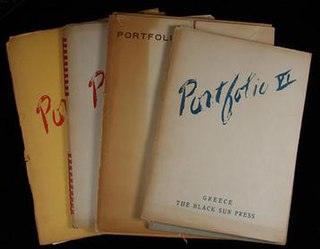
Portfolio: An Intercontinental Quarterly was a cross-disciplinary literary journal published between 1945 and 1947. It was edited by Caresse Crosby and published through her Black Sun Press. Only six issues were published, each totaling about 1000 copies. Each issue was a series of loose sheets contained in a folio, lavishly illustrated, and printed in limited numbers. Contributors included many avant-garde authors, architects, photographers, and illustrators who were prominent in their respective fields, including individuals like Albert Camus, architect Luigi Moretti, artist Pablo Picasso, and photographer Henri Cartier-Bresson, along with emerging writers like Charles Bukowski. It introduced American readers to many authors who later became famous.
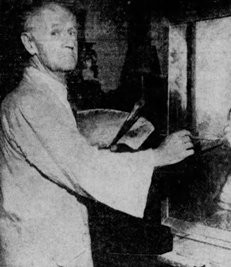
Arthur Ernst Becher was an American artist and illustrator. Becher's career spanned 40 years, during which he illustrated for many of the leading magazines of the day including Collier's Weekly, McCall's, Ladies' Home Journal, Scribner's Magazine and Pictorial Review. He was a member of the Society of Illustrators and the Salmagundi Club.
Henry Edison McDaniel was a watercolor artist of landscapes, trout and salmon fishing scenes.
Grace McArthur (1899–2015) was a Michigan-based folk artist known for the top-to-bottom oil paintings she created later in life.
Brand Journalism: A Cultural History of Consumers, Citizens, and Community in Ford Times, Rebecca Dean Swenson, 2012
















